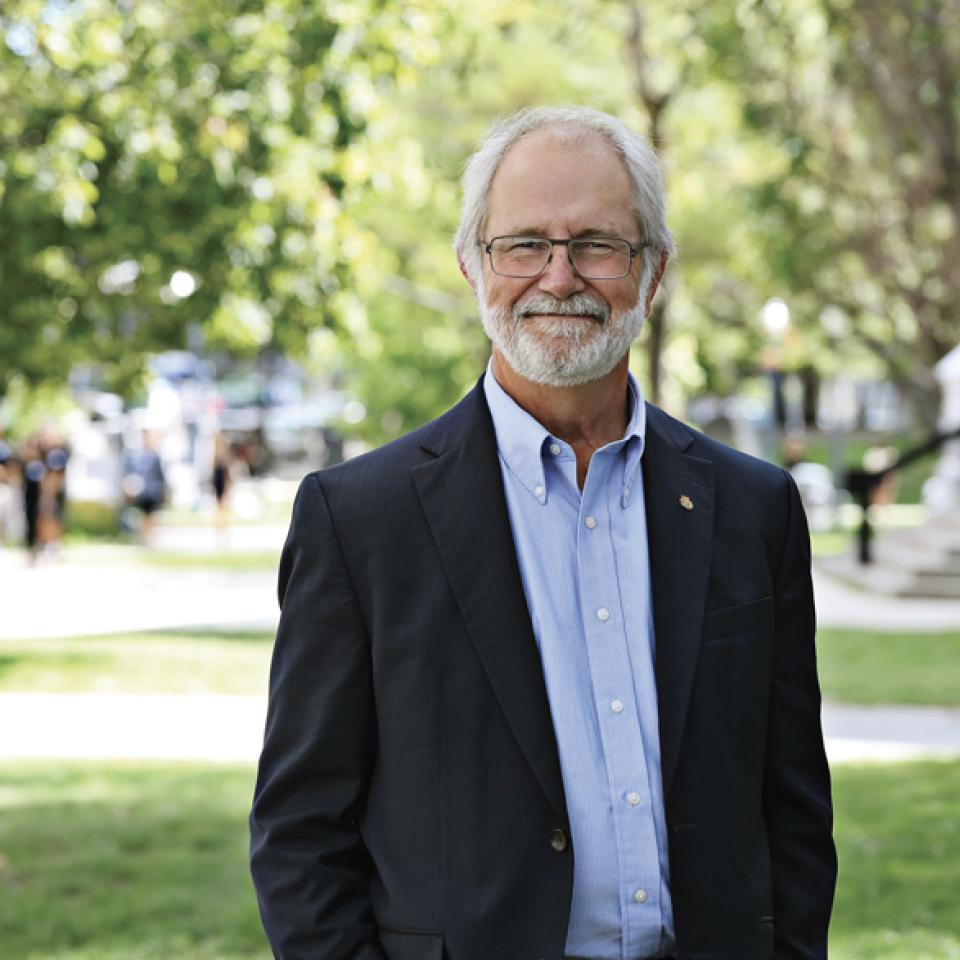The presence of international students on Canadian university and college campuses became a matter of broad public interest when, this past January, the federal government imposed a cap on the number of study visa applications it would process annually for at least the next two years. This year the number of visas issued nationally will decline by approximately 35 per cent over 2023.
One stated reason for the imposition of the cap is that international enrolments have grown dramatically in recent years, giving rise to concerns about the impact on housing, about abuses of the postgraduate work-permit system, and about the ability of institutions to provide appropriate levels of support for such large numbers of students from abroad. Queen’s international undergraduate enrolment peaked in 2019 at a little over 14 per cent and remains well below that level today, so it is low by comparison with peer universities and especially Ontario’s colleges, at least one of which exceeded 70 per cent in 2023.
There has been much talk about “bad actors” at the root of this issue, and it is undoubtedly true that responsibility for the situation Ottawa is trying to address is not evenly distributed between or within the university and college sectors. But the problem originates in an impoverished and dehumanizing attitude to international students that predates current excesses and abuses, and in recent decades has been held to varying degrees by “bad actors” and governments alike: namely, that international students’ primary value is economic, that their elevated tuition fees are at best a boon to Canadian taxpayers who can invest proportionately less in higher education, and at worst a source of profit to private-sector operators.
In its first sentence, the Government of Canada’s news release announcing the caps on Jan. 22, 2024, acknowledged there is more to the issue than money. “International students,” it read, “enrich our communities and are a critical part of Canada’s social, cultural, and economic fabric.” In the ensuing public discourse, however, it is economic considerations which have figured almost exclusively, whether as the motive for such a rapid escalation of numbers, or in relation to the national housing crisis supposedly exacerbated by foreign students. When reacting to Ottawa’s decision, even postsecondary institutions have been largely focused on the prospect of diminished revenues. But in calculating the loss to Canada that the caps will potentially inflict, it is critical to consider the social and cultural as well. This is especially true in universities, which have historically sought to diversify their student and faculty populations as a challenge to parochialism and narrow thinking. No university can be great that does not situate itself firmly in a global network of inquiry and discovery.
Queen’s Global Engagement Strategic Plan, launched during this past year, sees the future of the university in precisely these terms. The institution, it declares, “aims to be a truly global actor – applying our intellectual curiosity and talents, within and beyond academia, to address complex global challenges in equitable ways.” To achieve that goal, global engagement and action must be “woven through all that we think and do,” and it is difficult to imagine that being possible if, in addition to sending our research and our graduates out into the world, we are not permitted with equal passion and commitment to welcome the world into Queen’s.


